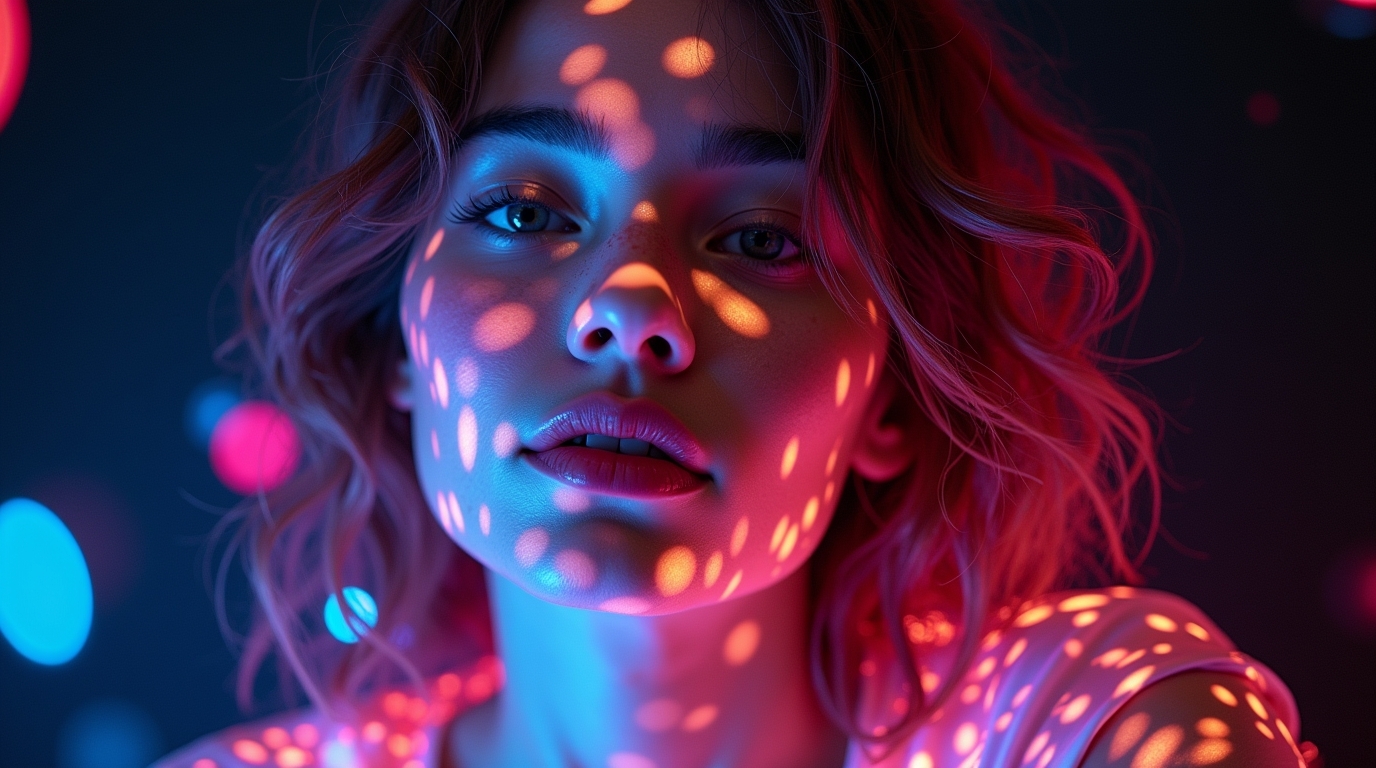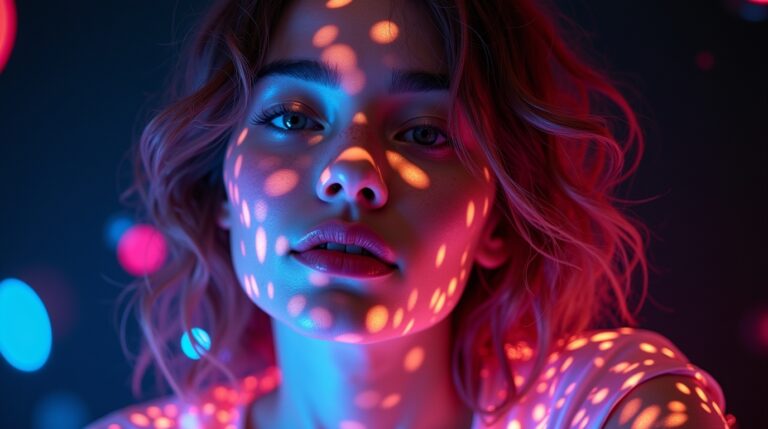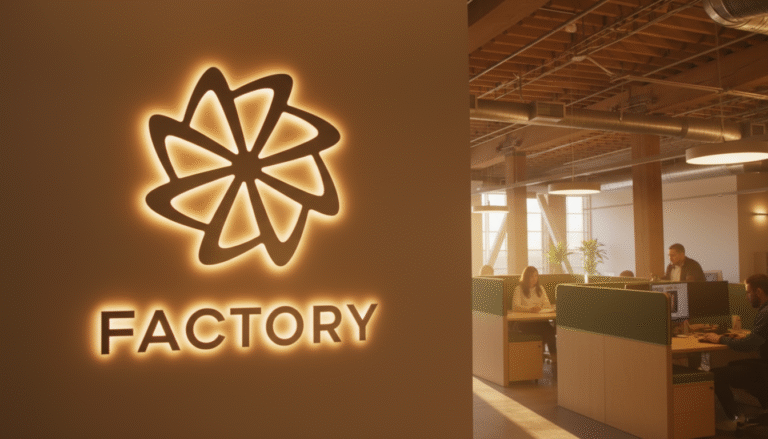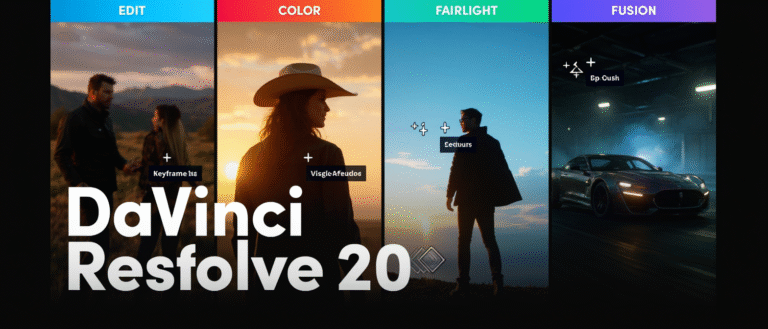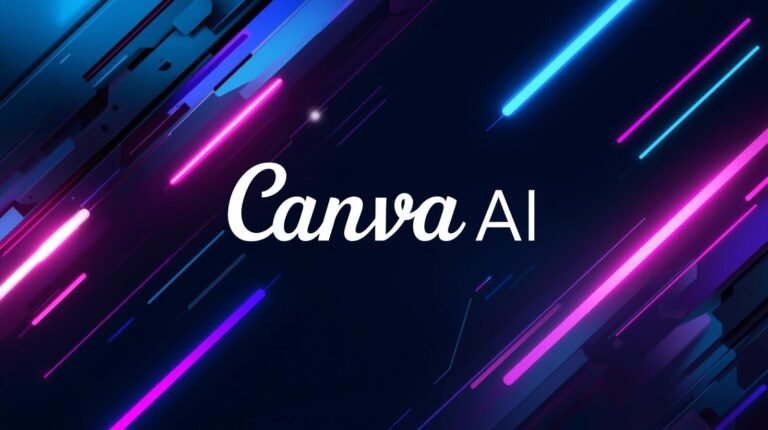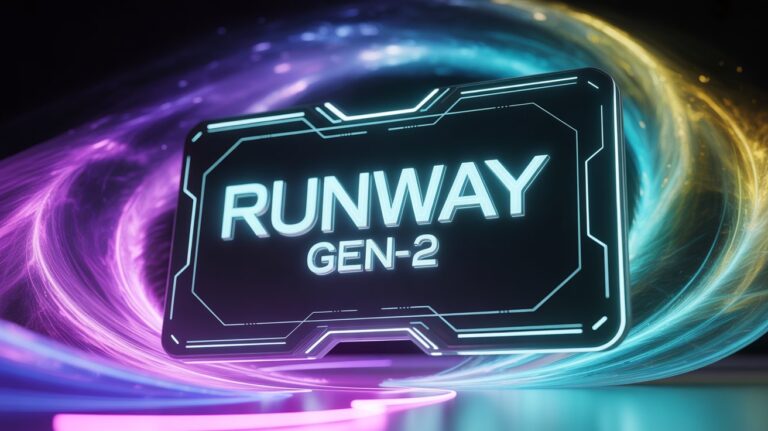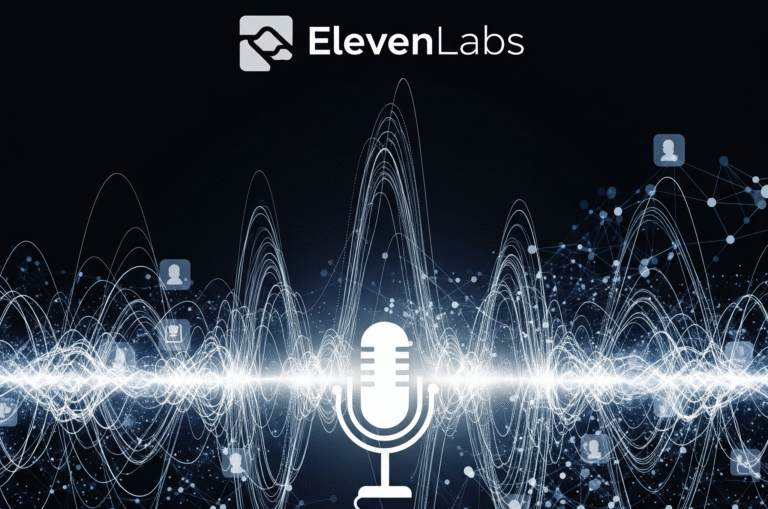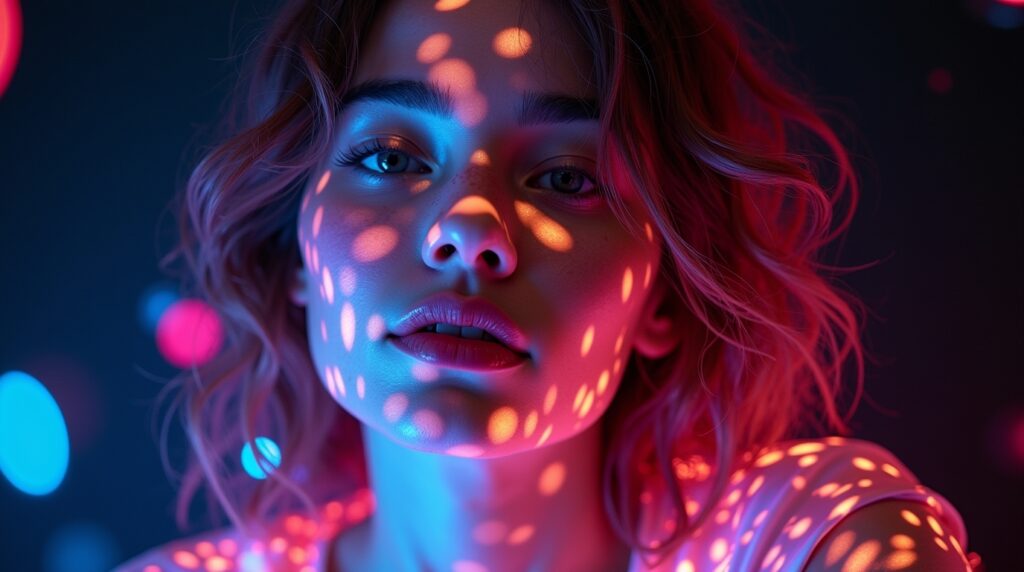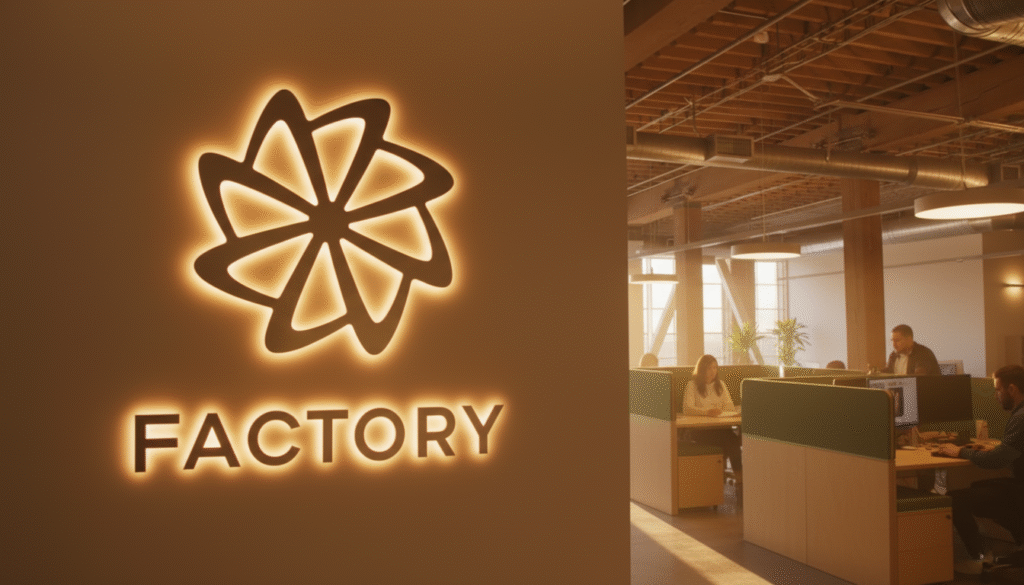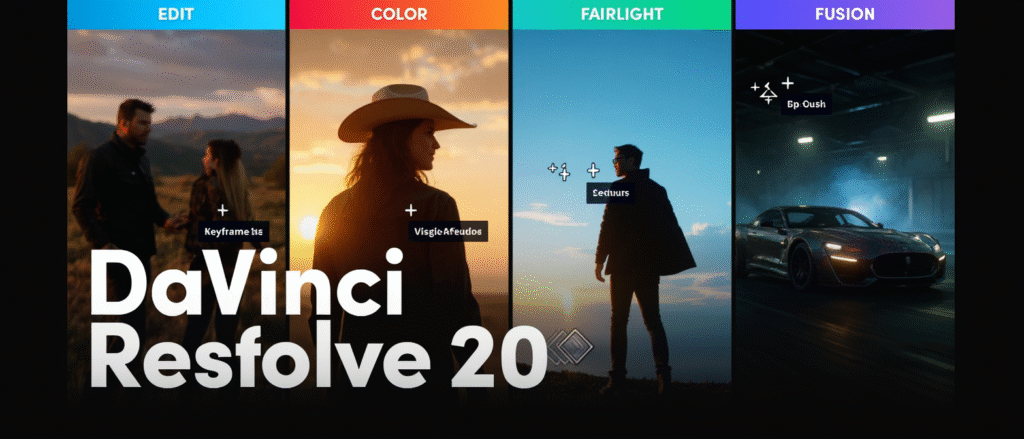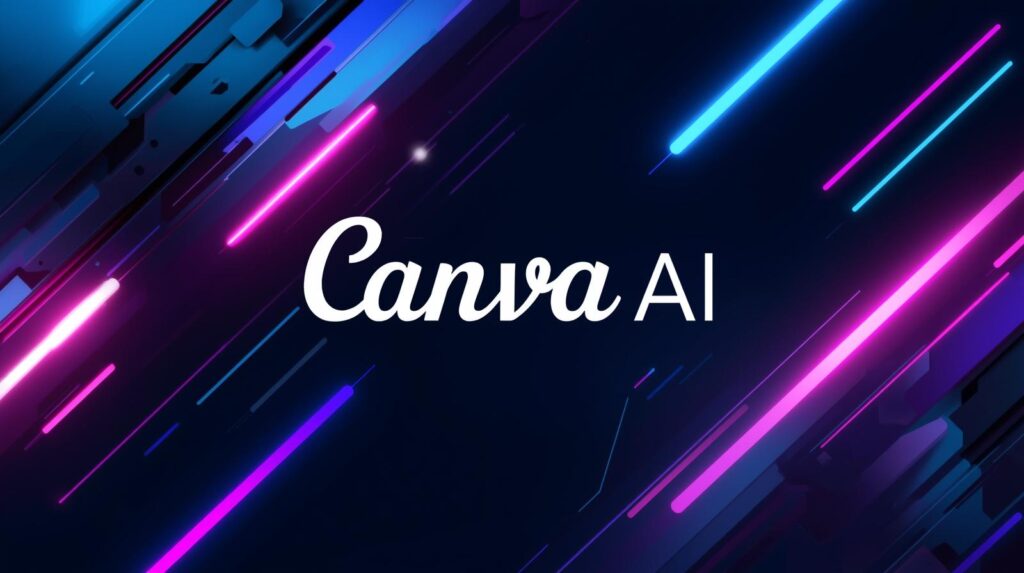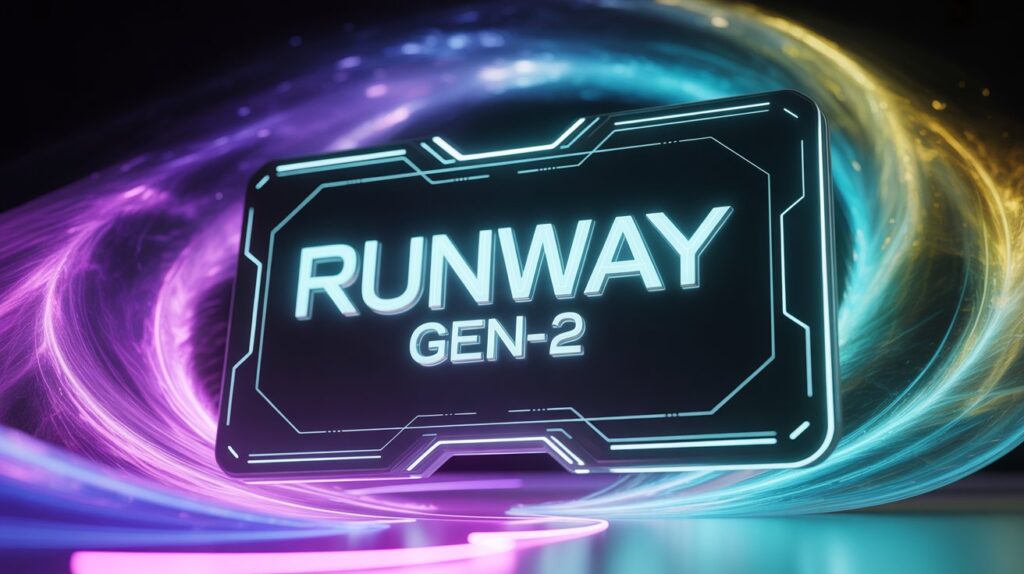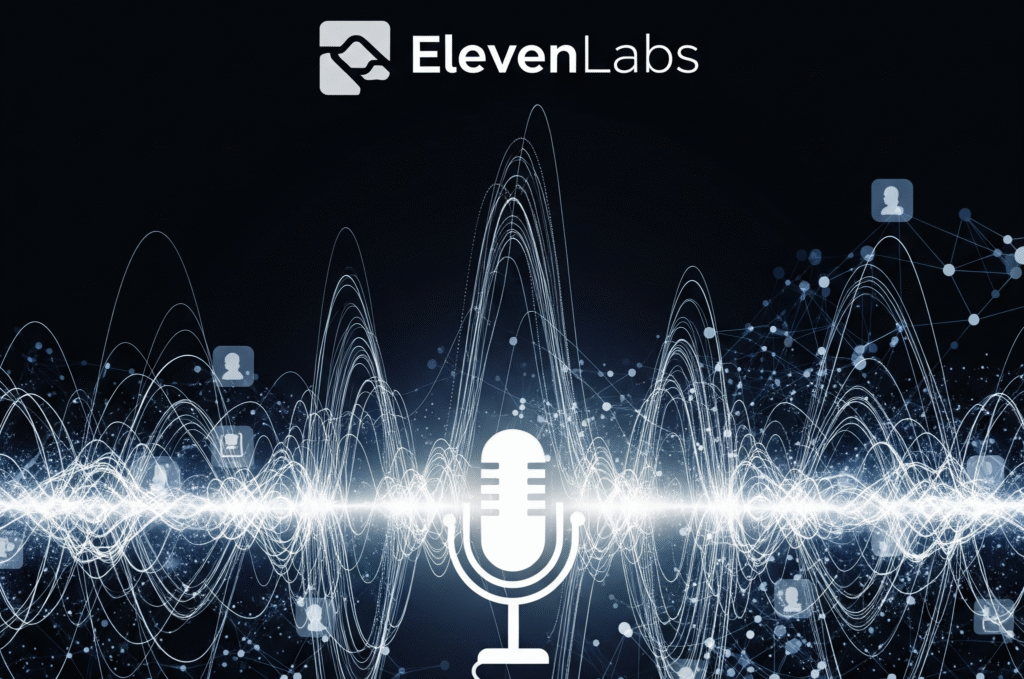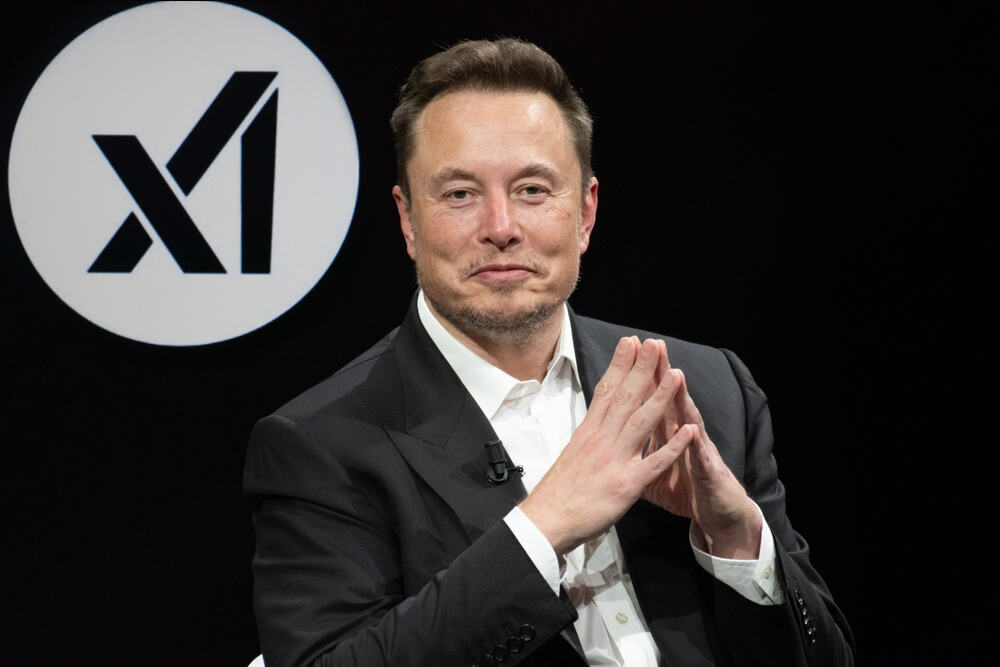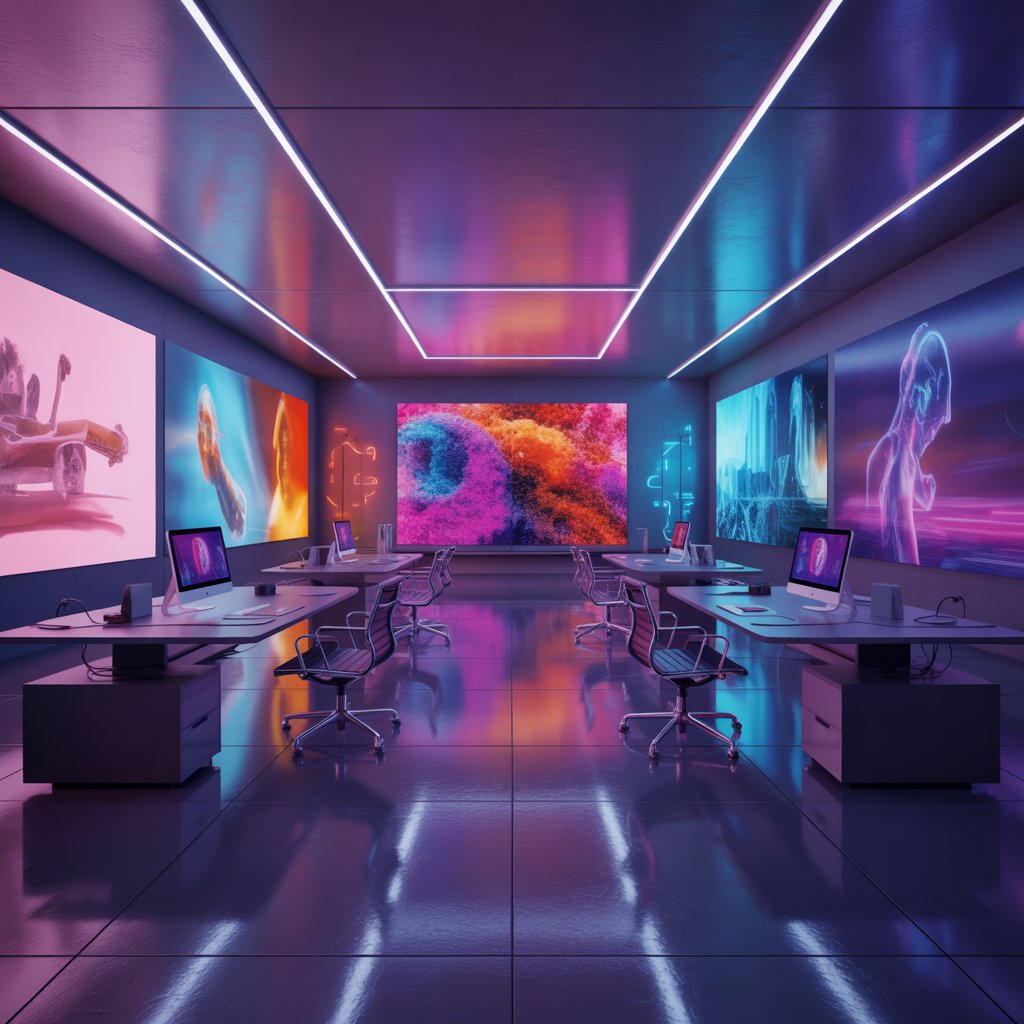Creativity is shifting. Rapidly. And the driver? Generative AI.
This isn’t just about robots writing poems or painting pictures. It’s about a new collaborator sitting quietly in the background. A partner that can draft text, sketch designs, compose music, and suggest new angles—all at a speed that makes deadlines less terrifying.
What is Generative AI?
Think of it as a super-curious apprentice. You feed it data books, songs, designs. It studies patterns. Absorbs styles. Then, like a remix artist, it produces something fresh that still feels familiar.
It works on complex systems: neural networks, GANs, transformers. The jargon doesn’t matter much. What matters is simple: it learns from the past and creates new possibilities.
How It’s Reshaping Creative Work
1. Content Creation
The dreaded blank screen? Generative AI breaks it. It can draft articles, outline scripts, even compose tunes. The results aren’t perfect, but they’re a strong push forward. Writers then refine. Musicians adjust. Designers remix. The blend of AI speed and human intuition results in more content, faster, and sometimes more daring.
2. Design & Prototyping
Design once meant endless variations created by hand. Now AI can generate dozens in minutes. Want ten mockups? Done. Want them optimized for user preferences? Also done. Designers still decide what feels right, but AI takes the grind away—leaving more room for actual creativity.
3. Personalization
Generative AI doesn’t stop at creating; it adapts. Think of playlists that feel custom-made or art that mirrors your taste. Brands love this because it makes users feel understood. People love it because it feels personal. Creativity becomes interactive instead of one-size-fits-all.
4. Breaking Creative Blocks
Every creator faces that wall: the “nothing’s working” stage. AI helps punch through. It throws out ideas, perspectives, and even odd prompts that push you to think differently. Some are nonsense. Some are gold. But they all spark movement, and that’s usually all you need to get unstuck.
5. Democratizing Creativity
This might be the biggest shift of all. You don’t need a degree, years of training, or expensive tools. With a simple prompt, anyone can generate art, music, or stories. Creativity becomes open and accessible. More voices, more perspectives. A bigger, more colorful cultural landscape.
6. Humans + AI Together
Here’s the truth: AI can’t replace human emotion. It doesn’t know heartbreak, joy, or nostalgia. But it can collaborate. The best results happen when AI drafts and humans refine. Back and forth, like a jam session. The machine improvises. The human decides what’s worth keeping. That’s where magic happens.
The Challenges We Can’t Ignore
Ownership is messy. Who “owns” AI-made work? What about copying someone’s style? And then there’s ethics, deepfakes, bias, and stolen art. These aren’t small problems. Rules aren’t clear, and the conversation is only just beginning.
The Bigger Picture
Generative AI isn’t killing creativity. It’s stretching it. It’s faster. Broader. Sometimes stranger. But the spark remains human. Always.
So when you see “AI made this,” don’t think replacement. Think remix. Think collaboration. Think: what can we create together that we couldn’t have imagined yesterday?
Because this story is only at chapter one.

